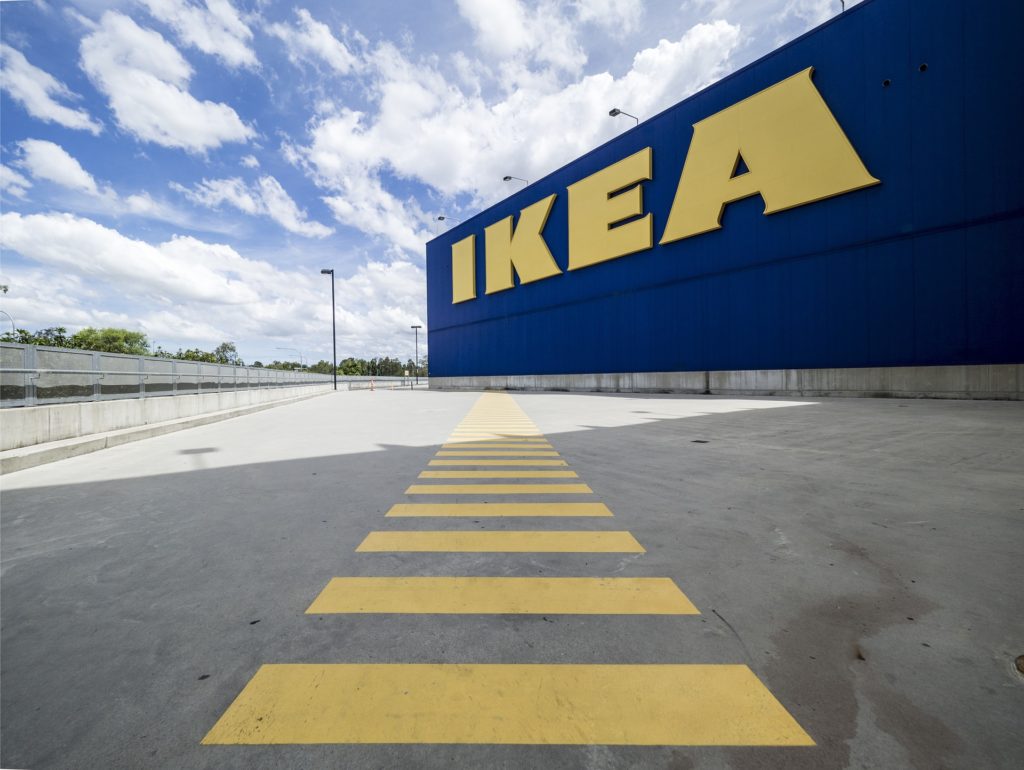Ikea can apparently also trade online – as the current business figures show. The company is once again experimenting with a new branch concept, which is only conceivable with e-commerce support.
Will Ikea still be able to make the leap into online and multichannel business? It didn’t look like it for a long time, but the current figures give cause for hope. The bottom line is that the Swedish furniture giant remains on a growth course, also and especially because of its online activities. In 2019 (Ikea’s business year ends traditionally, based on the catalogue cycle, end of August) the turnover for the German branch increased by 5.5 percent and amounted to 5.278 billion euros. Worldwide, 5.0 percent were also added – a result of 36.7 billion euros.
Ikea scored particularly well in terms of online sales, which rose by an impressive 33.2 percent to 494 million euros. The share of total revenues rose by two percentage points to 9.4 percent. Ikea was able to increase the number of online customers correctly, which rose by over 50 percent – a clear indication that Ikea has remarkable potential in e-commerce, which has only now really been exploited (also through justifiable delivery costs).
In the past, the company had incurred high shipping costs even for small pieces of furniture – and thus prepared the market for a kind of shadow economy, especially via Amazon’s Marketplace and Ebay: Dealers who bought certain popular Ikea products and shipped them to customers. Overall, the number of Ikea customers fell slightly, but they turned over an average of almost 100 euros per purchase.
Ikea wants to create smaller branches – and touchpoints
The living room and kitchen areas developed particularly well, and the company is also satisfied with office furniture. Smart-Home products, such as the Smartspeaker, would have provided an additional boost – although the new Symfonisk models developed in cooperation with Sonos did not appear until autumn, so they have not yet been included here.
Ikea is currently undergoing an intensive transformation – away from large greenfield stores and industrial areas towards smaller downtown stores. These are supposed to have only a quarter to a sixth of the area of a familiar Ikea store. But the search for suitable properties is difficult in Berlin, for example, where the first store is to be built in the next two years. Ikea is experimenting here not only with smaller stores, where customers can view and take home smaller pieces of furniture and accessories as well as selected goods from the catalogue, but also with touchpoints, i.e. stores that are more likely to serve as showrooms for goods that can then be ordered online and delivered home. Germany is Ikea’s largest market – Ikea alone accounts for 8.4 percent of the total German market. After all, this accounts for 14 percent of Ikea’s worldwide turnover.
